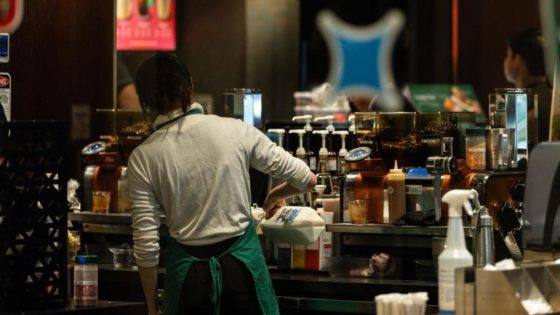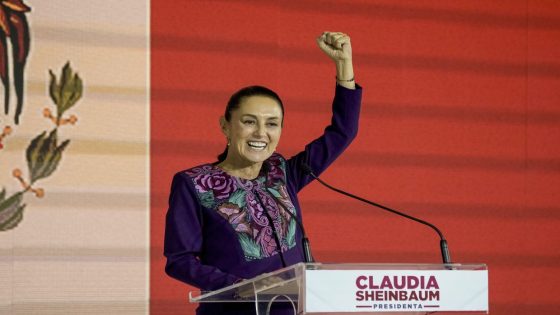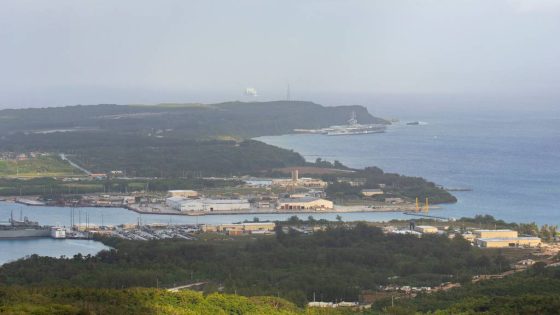Every financial year, Australia’s independent workplace relations umpire, the Fair Work Commission, reviews and sets the minimum and award wages employers must pay workers.
HOW IT WORKS
*The review kicks off in March and involves employers, unions, governments and other interested parties lodging submissions for the commission to consider
*Economic conditions of the day are factored into the decision – including cost of living pressures – as well as its influence on closing the gender pay gap and other goals
*In June 2023, the commission lifted wages by 5.75 per cent, citing a combination of low unemployment, falling wages and high inflation
*The federal government has released excerpts from its 2023/24 submission, which is due in full on Thursday
*Unions and employer groups are expected to release their submissions to the national wage review this week
*The Australian Chamber of Commerce and Industry has already advocated for an increase of no more than two per cent for both minimum and award wage workers to reflect cooling inflation and large pay boosts over the past two years
ALBANESE GOVERNMENT’S POSITION
*Like last year’s submission, the government will steer clear of a specific percentage boost and recommend the commission “ensure real wages of Australia’s low-paid workers do not go backwards
*The submission will flag “challenging” economic circumstances characterised by inflation that has moderated but remains above the two-three per cent target band
*Women are disproportionately represented in low-paid and award-reliant jobs and any wage increase will help close the gender pay gap and incentivise women to work more hours
*The incoming stage three tax cuts, which under the government’s rework have been redistributed so all taxpayers will get relief, should be considered “in addition” to any increase in award and minimum wages
*Wages should automatically increase with inflation across the board and inflation should not be the only consideration when setting wages
*Longer term, stimulating productivity growth is viewed as a key driver of real wage growth
ECONOMIC CONDITIONS
* Inflation is well down from its peak of 7.8 per cent in late 2022, lifting 4.1 per cent in the 12 months to December last year
* It’s still expected to take until 2025 for inflation to be back within the two to three per cent target range, based on the Reserve Bank’s forecasts
* The wage price index rose 4.2 per cent in the year to December, putting pay packets a whisker ahead of inflation on an annual basis
* The labour market remains remarkably resilient, with the jobless rate sinking back to 3.7 per cent in February form 4.1 per cent in January
*Given higher interest rates and inflationary pressures, the economy has slowed and grew just 0.2 per cent in the December quarter of last year
Source Agencies




